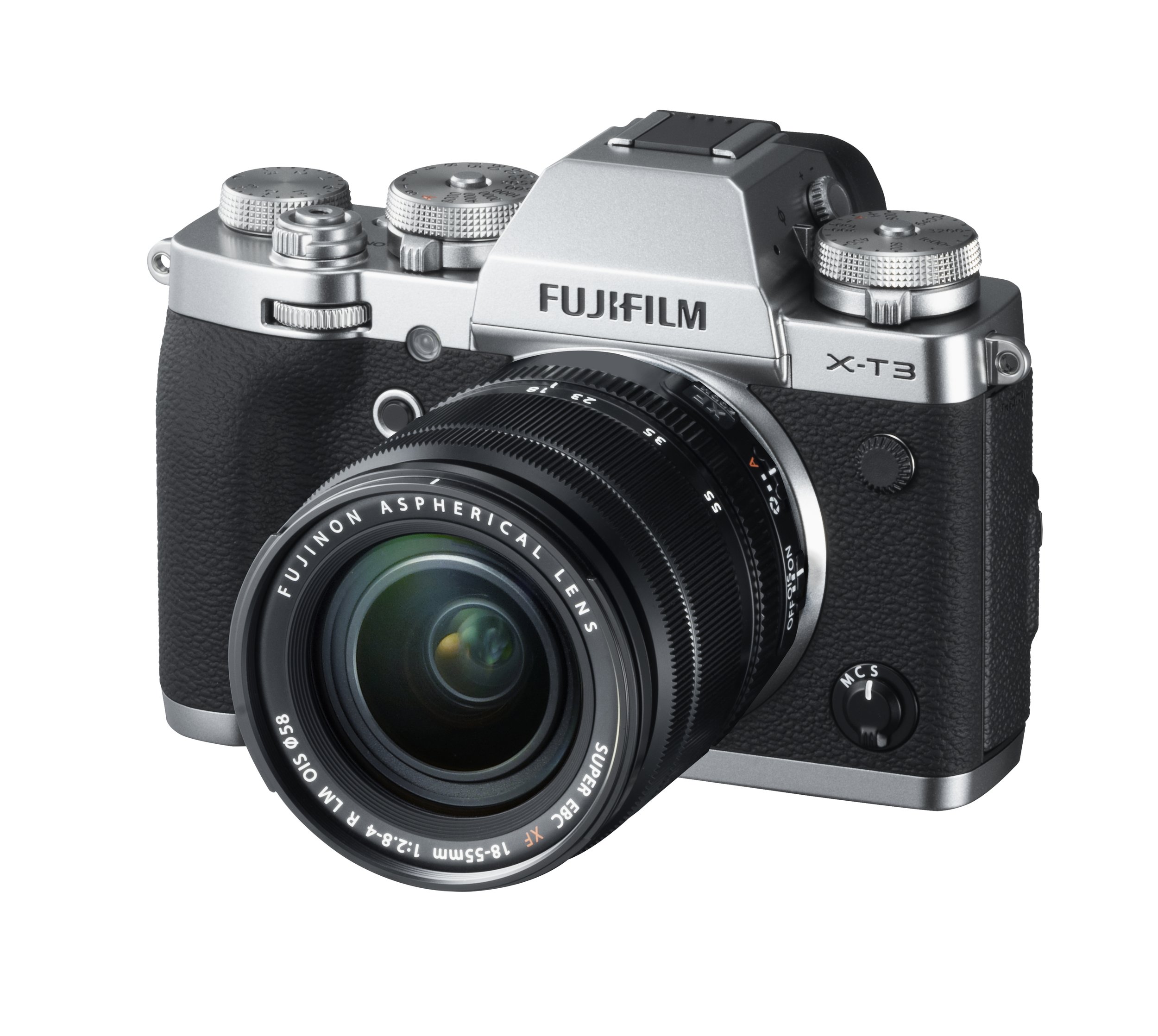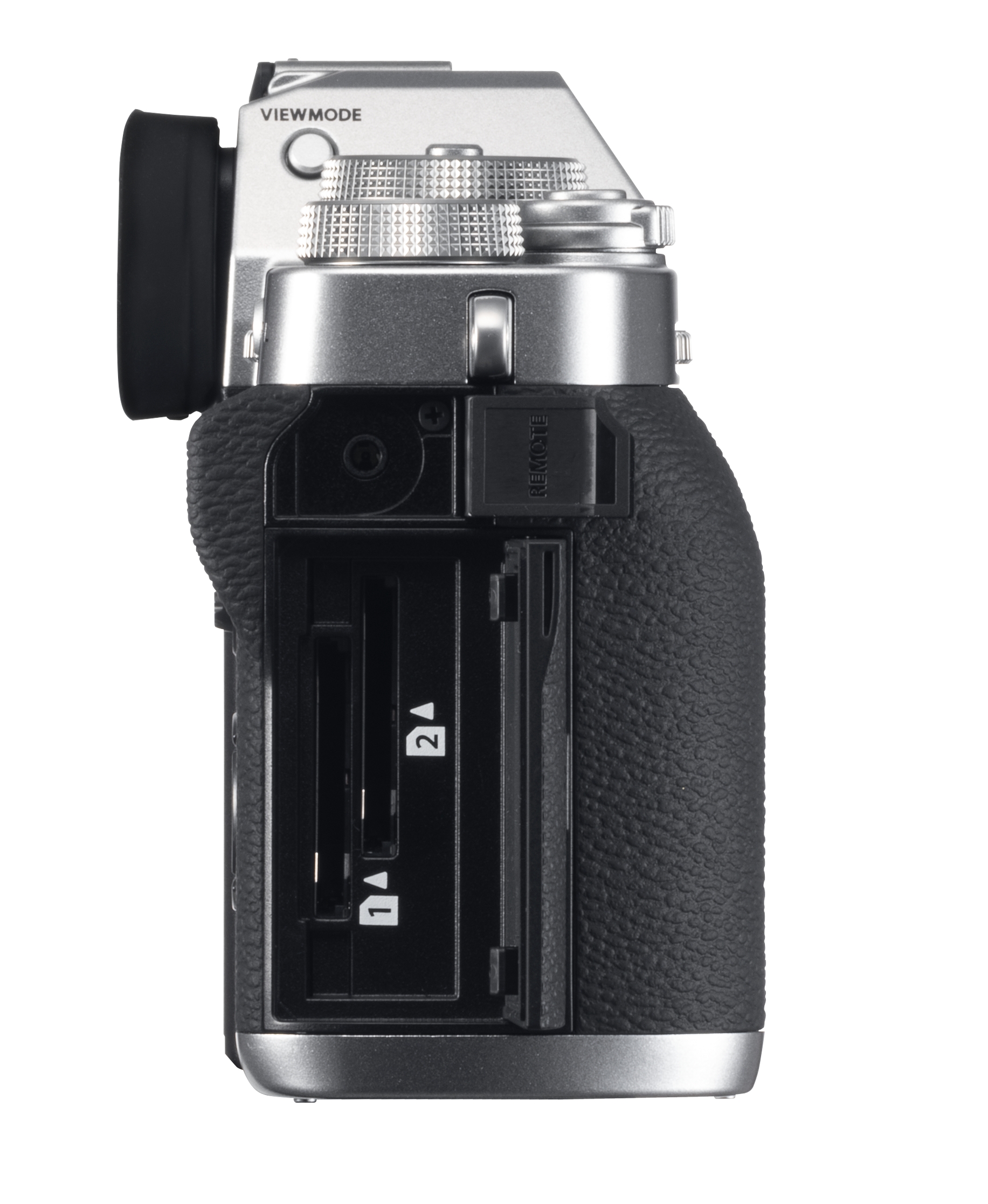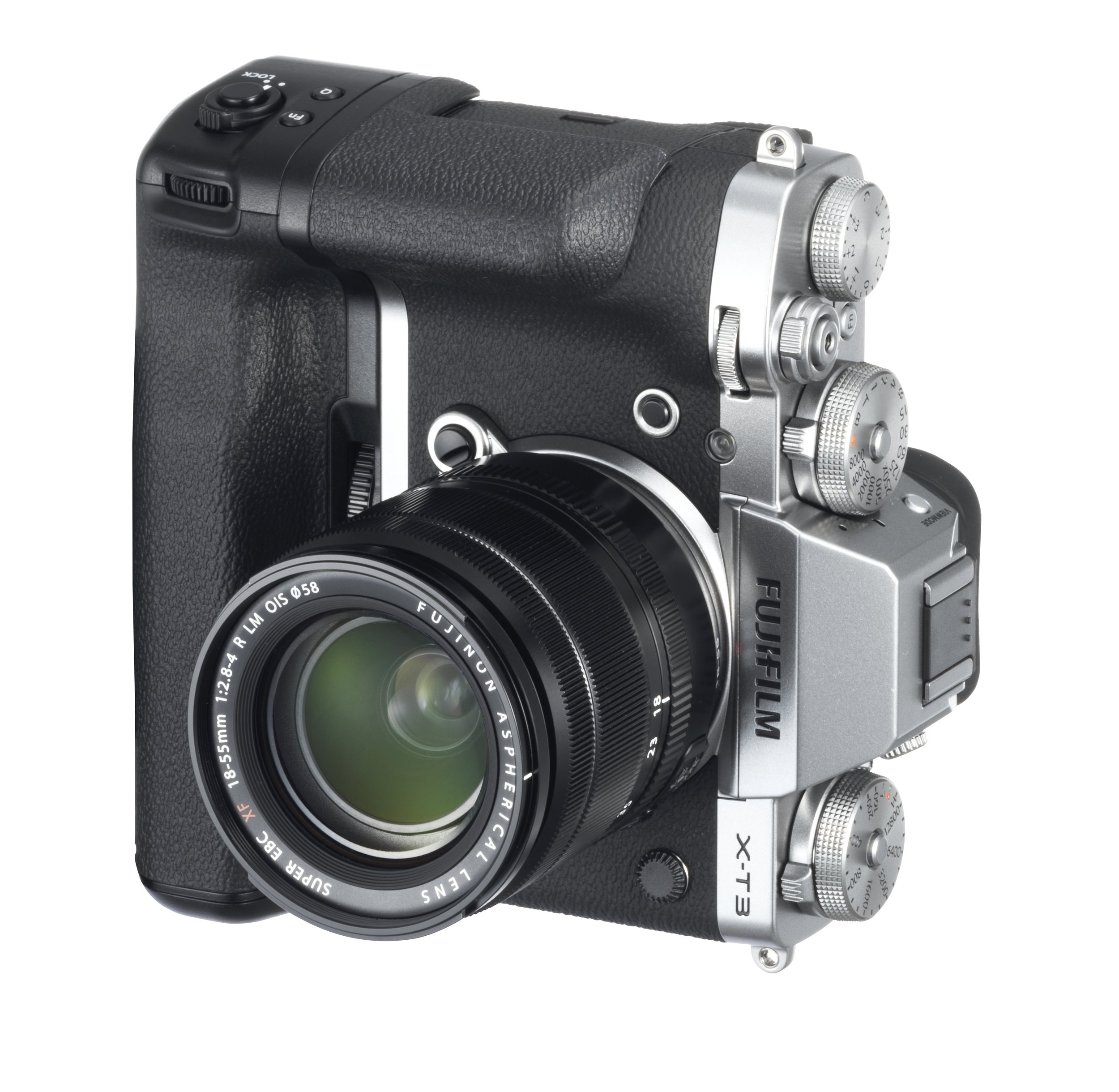Fujifilm Announces the X-T3
/Summer is over and it's new camera season! Fujifilm today (September 6th) announced the next generation X-T3 with availability set for September 20th, 2018.
Photographic tools are constantly evolving and the X-T3 shows the maturity that Fujifilm brings to the table with a product that could be a meaningful upgrade for X-T1 and even X-T2 owners. Let's take a look at the announcement. I have not seen the camera or shot with it yet, so look for a full review in the future as it becomes available to me.
Quick Overview
The X-T3 starts off with a brand new 26.1 megapixel back illuminated X-Trans 4 sensor and is powered by a new CPU the X-Processor 4. The X-Trans design is unique to Fujifilm and does not conform to the common Bayer layout. X-Trans is well-proven. While Fujifilm cameras have historically had a base ISO of 200, this new sensor lowers the base ISO to 160.
Fujifilm has released some performance numbers for the new camera
- APS-C 26 megapixel X-Trans 4 sensor
- Mechanical shutter to 1/8000 of a second
- Electronic shutter to 1/32000 of a second
- Autofocus time - 0.06s
- Shooting interval - 0.17s
- Shutter release lag - 0.045s
- Startup time - 0.3s
- Maximum continuous shooting - 30fps
- EVF refresh rate - 100fps
- ISO Range 160-12800
- Power NP-W126S Battery CIPA rated for 390 shots or 40 minutes of 4K video
- Two UHS-II SD card slots
- WiFi and Bluetooth include
- Works with the Fujifilm Camera Remote app
EVF
The EVF is nice and large and provides 0.75 time magnification so you see the entire frame without needing to rove your eyeball around. The 100fps refresh rate means a flicker free experience.
There is a sports finder shooting mode that creates a crop in of 1.25x allowing photographers of fast moving action to see when and where subjects are entering and exiting the frame. This mode allows for AF/AE tracking at up to 30 frames per second shooting, while keeping the EVF refresh rate to 60fps. This means a blackout free shooting experience.
Film Simulations
Fujifilm has always excelled at picture styles that evoke the look and feel of their film stocks. Simulations are baked into JPEGs and will appear in the EVF and on the LCD when active, whether the photographer is shooting in RAW or JPEG.
In addition to the pre-existing film simulations, new monochrome variants have been added as has a Chrome Effects option for highly saturated colours as found in transparency stock.
Autofocus
The camera features full AF point coverage across the entire frame and uses phase detection autofocus. The new CPU provides a 1.5x performance boost over the camera's predecessor. There are improvements in both face and eye detection, and you can get 11 fps using the mechanical shutter in camera directly. This means that the vertical battery grip is no longer required for the higher frame rate.
Video
I have to credit Fujifilm for never obfuscating what they do with video. I wish other makers were this clear and open. In camera recorded video goes up to 4K60p 10bit 4:2:0 with 4K60p 10bit 4:2:2 out to an external recorder via the HDMI port. When using the Eterna film look, dynamic range is 12 stops and when shooting in F-log even greater dynamic range can be obtained. The camera provides the popular H.264 MP4 encoding, but is the first camera of its type that I can recall seeing that also offers the higher efficiency H.265 / HEVC encoding as a choice. These options provide internal bandwidth of up to 200Mbps using HEVC at 29.97fps and up to 400Mbps using Long GOP at 59.94 fps. Rolling shutter effects have been reduced. Fujifilm has announced that in a December 2018 firmware update, that in camera support for Hyper Log Gamma will be added in compliance with BT.2100 specifications.
It should be noted that the camera will shoot in both DCI and UHD 4K and also records Full HD in both 17:9 and 16:9 aspect ratios.
Cine enthusiasts can directly mount Fujifilm's awesome (I've shot with them and can say this as a fact) MKX cinema lenses.
Body Design
The X-T3 builds on the body design of the X-T2 and keeps that simple layout. Some controls have been enlarged for easier finding in the dark, and the rear LCD has a three way tilt option. The LCD does not swing out front. The default body colour is silver with black, but all black is available. On the left side there are ports for microphone, headphone, USB C and HDMI-D out. The right side houses the SD card slot.
The camera is compatible with Fujifilm's XA, XC and XF lenses as well as the MKX cinema lenses.
Multiple accessories were announced at the same time including a metal body grip for extra grip space and a vertical power booster grip.
You can view the full specifications here
Sample images are located here
Summary
Based on the specifications, the X-T3 looks like a natural evolution of the X-Tn line with good reasons for both new and existing clients to give it a long look. The camera is expected to be available September 20th with an MSRP of $1499.95 USD and $1899.99 CAD for the body or as a complete kit with the XF 18-55mm zoom for an MSRP of $1899.95 USD and $2399.99 CAD.
Have an idea for an article or tutorial? Do you have a question photo or video unrelated to this article? Send me an email directly at ross@thephotovideoguy.ca or post in the comments.
If you're in Canada, please consider shopping with Henry's in your local store or at www.henrys.com If you're in the United States and shop with B&H Photo Video, please consider doing so through the link on thephotovideoguy.ca as this helps support my efforts and has no negative impact whatsoever on your shopping experience.
If you find the podcast or articles of value, consider clicking the Donation tab in the sidebar of the website and buy me a coffee. Your donation goes to help me keep things going. Email your questions on any photo or video topic and I will try to respond within a day.
I'm Ross Chevalier, thanks for reading, and until next time, peace.














